The Power of Colour
The Power of Colour, Colour in Design, and Basic Colour Theory.
.avif)
The Power of Colour
Colour is all around us, and its power is unavoidable. It can impact our mood, thoughts, and feelings. The way we react to colour is something that can be personal, and linked to life moments and experiences. Some colours will calm us in a moment of anxiety, provoke us in a moment of anger or allow us to indulge in pure escapism. Leonardo da Vinci liked to meditate in a wash of Purple coloured light, and Oscar Wilde once said,
"Mere colour, unspoiled by meaning, and unallied with definite form, can speak to the soul in a thousand different ways.”
.jpeg)
Colour in Design
Colour is a crucial element when it comes to design, and its power has been utilised by marketeers and branding experts for over a century. Colour phycology is used to influence perception and feelings towards the products or services they are trying to sell. I mentioned in the last blog article 'What is a Brand? And why good branding is so important' that the colour blue is often used by banks as it evokes trust, whilst the colour green is used widely through Earthy, Eco and natural products - for obvious reasons.
The logo of a brand and overall visual identity is made up a number of elements including - Shape, Symbol, Letters and Numbers, however the element which is recalled most often is colour. Colour will effect the way a consumer feels about a brand, whilst it can also give a brand the opportunity to stand out amongst competitors. It's a fine line to tread as this could also alienate customers if the execution is not perfect.
Colour is used by every designer in the world to make informed decisions when creating a brand identity or website. For example, you wouldn't expect a new charity promoting cleaner Oceans to lead with a red colour palette. I think most people would imagine a shade of blue. This colour theory is also used in hospitals when artwork is selected. Red and Darker tones will be avoided due to their affiliation with blood, and black will be, well... blacklisted
Though there are 'rules' around colours, it is also important to remember that culture and geography both have an impact on the significance of them. In many Western countries, the colour white is used to represent purity and innocence, whilst in Eastern countries it's seen as a symbol of mourning. Red in the west is generally seen as a colour to warn of danger, where as in China it's a colour which symbolises luck, joy and happiness.

Some Basic Colour Theory
Yellow Is a colour of Optimism and youth. It is also often used for way finding - think signs at an airport or railway station. Yellow is also used frequently in Shop window displays to entice shoppers, provoking feelings of playfulness, happiness and fresh starts
Red evokes energy in many forms. It increases the human heart rate and creates a sense of emergency. Red is linked with joy and good fortune in many cultures. In many Eastern countries a bride will wear red as a symbol of fertility and luck. And in the West, red has affiliations with danger and warning, as well as passion and excitement. This is a good example of where colour theory should always be recognised and viewed through context - in some instances red will evoke warning or stop, in other circumstances red will signify valentines and love. Context is key when discussing colour.

Blue is often used to build a sense of Trust and security. As previously mentioned, you're likely to see shades of blue associated with banks and other businesses where reliability is critical. Blue is communicative and calming, but also has association with depression and sadness, especially when referred to within music.
Green promotes wealth and calmness, with obvious links to the natural world. Green is the colour which human find easiest to process, which could be down to the vast shades of green we are regularly exposed to. This is the easiest colour for the eyes to process.
Orange is fresh, youthful, creative, and adventurous. It has been known to be an Appetite stimulant and creativity booster. However, It can also be used as a warning, or a call to action to subscribe, buy or sell.
Purple is calm and soothing. It is a colour associated with Royalty and wealth as when colour dyes were introduced, purple was the most expensive colour to create. Therefore purple is often used when merchandising premium products. It is also the colour 75% of children would choose over any other colour.
Black ignites power and glamour. Like purple, It is often used in luxury product marketing. Black is sophisticated and luxurious when associated with a 'black tie ball', but also mournful, especially in the west, where a black dress code at funerals is tradition.
White is often associated with innocence and purity, considered by many to be the colour of perfection. White is clean and safe, representing a successful beginning. Negative white space is also a key element in design, allowing typography, shapes, and symbols the space they need to speak to us in a certain way.
Pink is frequently used to evoke a feeling of romance, and will often be considered a feminine colour. Therefore it can be used heavily when marketing a product to girls and women.
A multi-coloured palette projects an open minded and united outlook, promoting diversity and possibility. Global tech companies often use a multi coloured palette to promote diversity and endless possibility. Microsoft, Google, Slack and Monday.com are a few examples of tech companies utilising a multi coloured palette.

Rules are made to be broken!
Yes there are some 'rules' which as designers and consumers we have become accustomed to, however this doesn't mean there's no room for breaking the mould, and it's important to remember this. At Paddle we like to approach a project with the most open of minds. We always consider colour theory when designing and undertaking a branding project, as its power is undeniable. However creating original, eye catching designs which stand out from the crowd means that occasionally the rules have to be broken, bent or twisted slightly to achieve the desired outcome.
If you are looking to Brand a new venture or re-brand an existing business please feel free to get in touch via email or phone and we'd be delighted to discuss your project further.


.svg)

.svg)



.jpg)

.jpg)
%20(1).jpg)
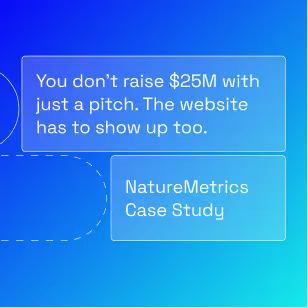

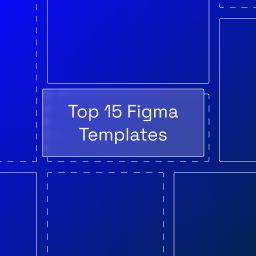

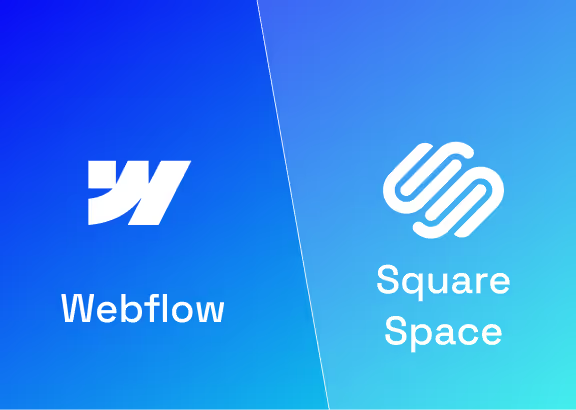

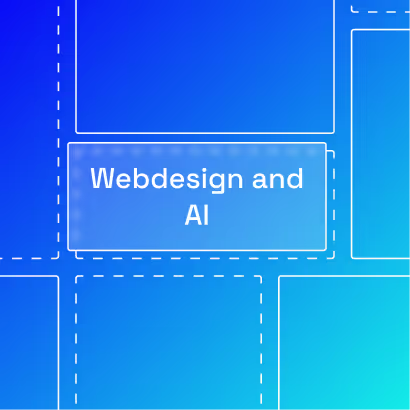






.avif)
.avif)
.avif)
.avif)
.avif)
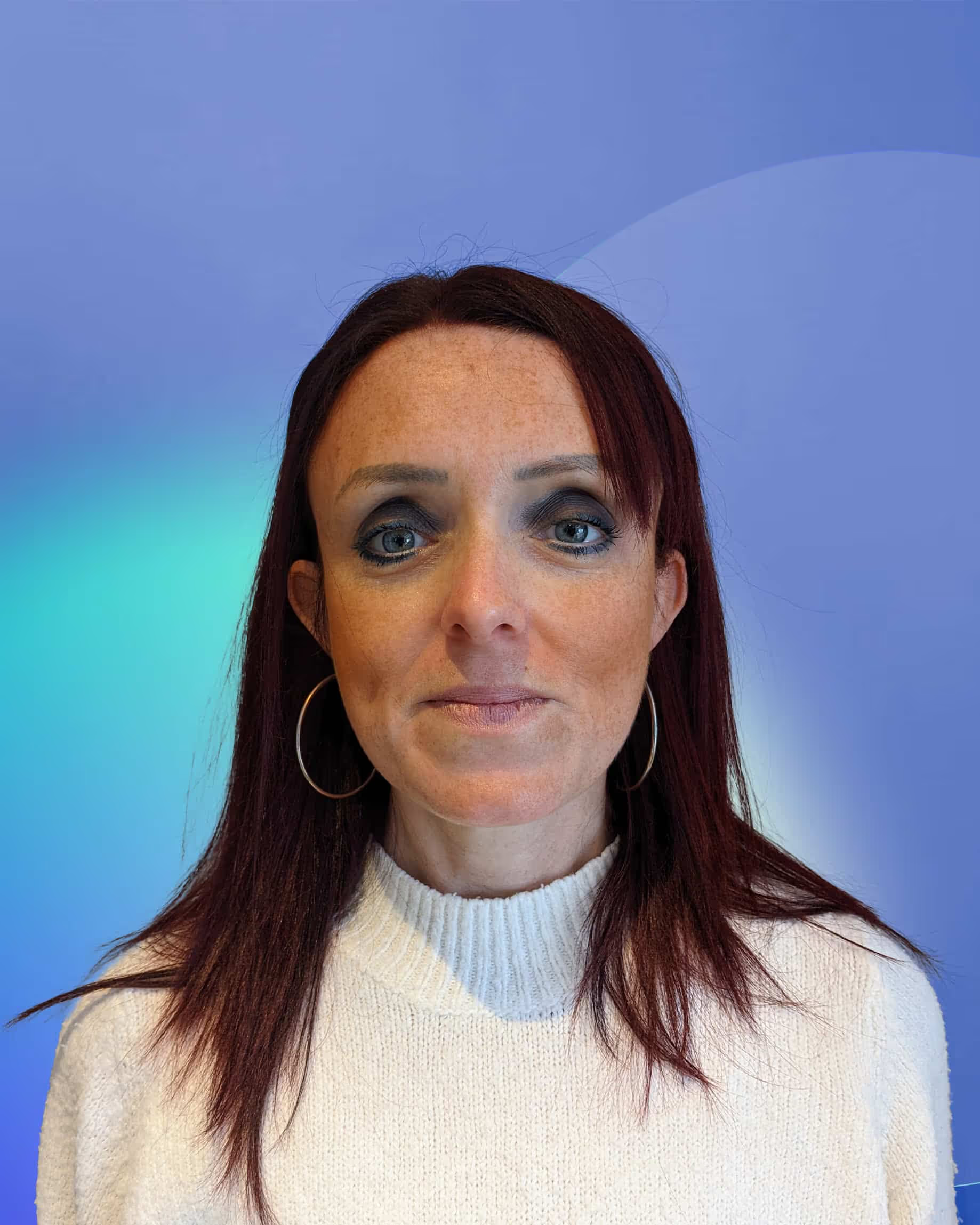
.avif)
.avif)
.avif)
.avif)
%2520(1).avif)
%2520(1).avif)
.avif)
%2520(1).avif)
%2520(1).avif)
%2520(1).avif)
%2520(1).avif)
%2520(1).avif)
%2520(1).avif)
.avif)
.avif)









